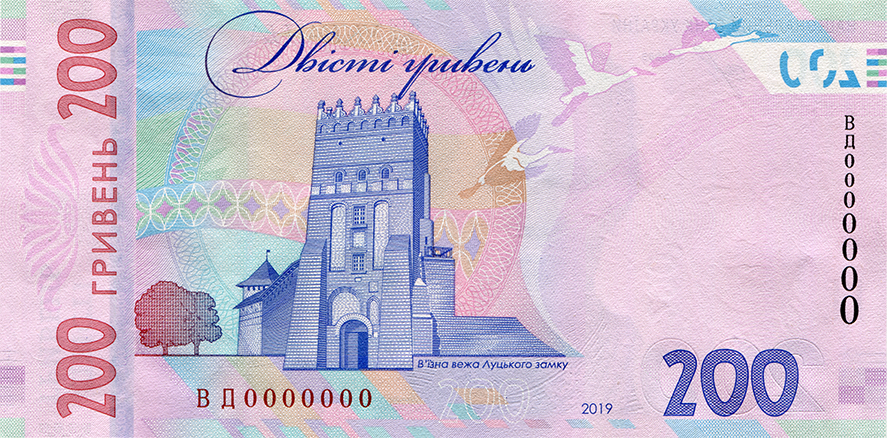Lutsk Verkhniy Zamok on:
[Wikipedia]
[Google]
[Amazon]
 Lutsk Castle ( uk, –Ы—Г—Ж—М–Ї–Є–є –Ј–∞–Љ–Њ–Ї, ''Lutskyi zamok'', Polish: Zamek w ≈Бucku), also locally known as Liubart's Castle (''–Ч–∞–Љ–Њ–Ї –Ы—О–±–∞—А—В–∞'', ''Zamok Liubarta'') or Upper Castle (''–Т–µ—А—Е–љ—Ц–є –Ј–∞–Љ–Њ–Ї'', ''Verkhnii zamok''), began its life in the mid-14th century as the fortified seat of Gediminas' son
Lutsk Castle ( uk, –Ы—Г—Ж—М–Ї–Є–є –Ј–∞–Љ–Њ–Ї, ''Lutskyi zamok'', Polish: Zamek w ≈Бucku), also locally known as Liubart's Castle (''–Ч–∞–Љ–Њ–Ї –Ы—О–±–∞—А—В–∞'', ''Zamok Liubarta'') or Upper Castle (''–Т–µ—А—Е–љ—Ц–є –Ј–∞–Љ–Њ–Ї'', ''Verkhnii zamok''), began its life in the mid-14th century as the fortified seat of Gediminas' son
 Lutsk Castle ( uk, –Ы—Г—Ж—М–Ї–Є–є –Ј–∞–Љ–Њ–Ї, ''Lutskyi zamok'', Polish: Zamek w ≈Бucku), also locally known as Liubart's Castle (''–Ч–∞–Љ–Њ–Ї –Ы—О–±–∞—А—В–∞'', ''Zamok Liubarta'') or Upper Castle (''–Т–µ—А—Е–љ—Ц–є –Ј–∞–Љ–Њ–Ї'', ''Verkhnii zamok''), began its life in the mid-14th century as the fortified seat of Gediminas' son
Lutsk Castle ( uk, –Ы—Г—Ж—М–Ї–Є–є –Ј–∞–Љ–Њ–Ї, ''Lutskyi zamok'', Polish: Zamek w ≈Бucku), also locally known as Liubart's Castle (''–Ч–∞–Љ–Њ–Ї –Ы—О–±–∞—А—В–∞'', ''Zamok Liubarta'') or Upper Castle (''–Т–µ—А—Е–љ—Ц–є –Ј–∞–Љ–Њ–Ї'', ''Verkhnii zamok''), began its life in the mid-14th century as the fortified seat of Gediminas' son Liubartas
Demetrius of Liubar or Liubartas (also ''Lubart'', ''Lubko'', ''Lubardus'', baptized ''Dmitry''; died ) was Prince of Lutsk and Liubar (Volhynia) (1323вАУ1383), Prince of Zhytomyr (1363вАУ1374), Grand Prince of Volhynia (1340вАУ1383), Grand Princ ...
(Lubart), the last ruler of united Galicia-Volhynia. It is the most prominent landmark of Lutsk, Ukraine and as such appears on the 200 hryvnia bill. (Another city castle, called ''Lower Castle'', built by the Czartoryski family since the 14th century, is now a ruin.)
The Kiev
Kyiv, also spelled Kiev, is the capital and most populous city of Ukraine. It is in north-central Ukraine along the Dnieper, Dnieper River. As of 1 January 2021, its population was 2,962,180, making Kyiv the List of European cities by populat ...
an town of Luchesk had a wooden wall as early as 1075, when Boleslaus the Bold laid siege to it for six months. Yury Dolgoruky failed to take Lutsk after a six-weeks siege in 1149. In 1255, the walls of Lutsk were stormed by Khan Jochi's grandson Kuremsa.
The current castle, towering over the Styr River, was built mostly in the 1340s, although some parts of the earlier walls were used. It repelled sieges by numerous potentates, including Casimir the Great
Casimir III the Great ( pl, Kazimierz III Wielki; 30 April 1310 вАУ 5 November 1370) reigned as the King of Poland from 1333 to 1370. He also later became King of Ruthenia in 1340, and fought to retain the title in the Galicia-Volhynia Wars. He w ...
(1349), Jogaila (1431), and Sigismund KƒЩstutaitis (1436). It was there that the Lutsk Conference of 1429 took place, attended by Emperor Sigismund
Sigismund of Luxembourg (15 February 1368 вАУ 9 December 1437) was a monarch as King of Hungary and Croatia (''jure uxoris'') from 1387, King of Germany from 1410, King of Bohemia from 1419, and Holy Roman Emperor from 1433 until his death ...
, Vasily II of Moscow, Jogaila, Vytautas the Great, and the voivode of Wallachia.
During the long reign of Vytautas, Lutsk Castle was further fortified to guard against artillery and gunfire. The principal entrance, now bricked in, was from the west and adjoined a bridge over outer moat
A moat is a deep, broad ditch, either dry or filled with water, that is dug and surrounds a castle, fortification, building or town, historically to provide it with a preliminary line of defence. In some places moats evolved into more extensive ...
. Three main towers, now named "Lubart", " Švitrigaila" (both after Lithuanian
Lithuanian may refer to:
* Lithuanians
* Lithuanian language
* The country of Lithuania
* Grand Duchy of Lithuania
* Culture of Lithuania
* Lithuanian cuisine
* Lithuanian Jews as often called "Lithuanians" (''Lita'im'' or ''Litvaks'') by other Jew ...
princes) and the "Bishop", were built up in the course of the 16th and 17th centuries.
The walls of the castle formerly enclosed St. John's Cathedral, a palace of the grand dukes, and an episcopal palace. Of these buildings, only the Neoclassical palace of the bishops still stands.
On 2 July 1941 1,160 Jews were murdered within the walls of the castle.Timothy Snyder: ''The Life and Death of Western Volhynian Jewry, 1921-1945.'' In: Ray Brandon, Wendy Lower: The Shoah in Ukraine. Indiana University Press, 2008, , , S. 92 There is no monument or marker for this tragedy in the castle.
References
External links
* {{Castles in Ukraine Castles in Ukraine Buildings and structures in Lutsk Gothic architecture in Ukraine Tourist attractions in Lutsk Castles of the Grand Duchy of Lithuania Holocaust locations in Ukraine